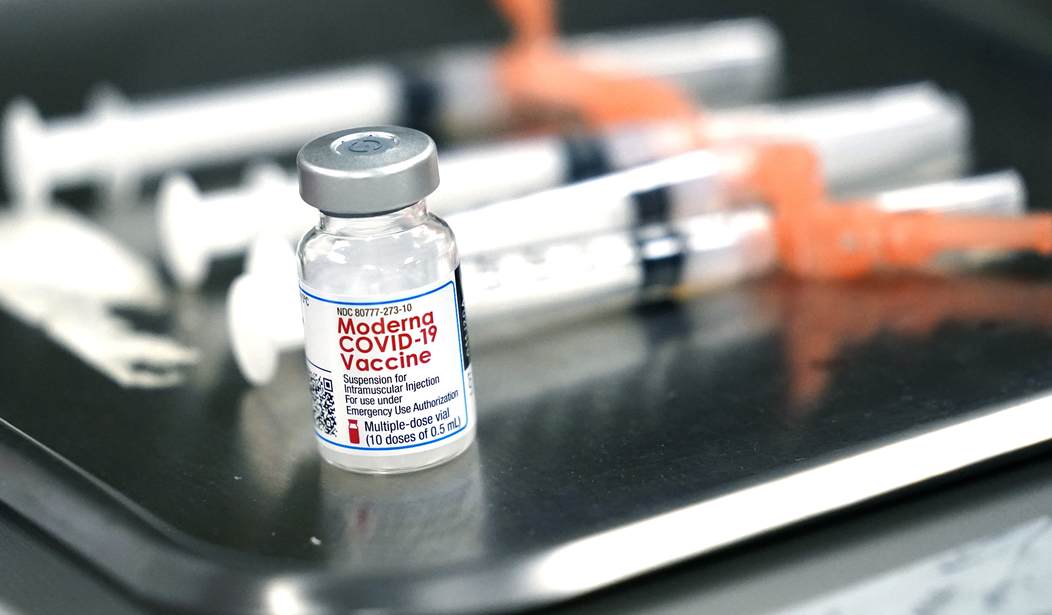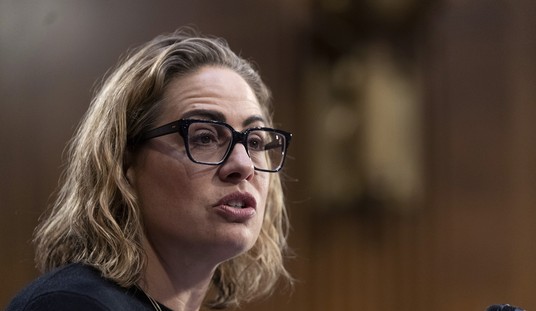Remember that Gallup poll from a few months ago showing how Democrats grossly overestimate the risks from COVID? For instance, more than 40 percent of Dems believe that half or more of people who contract COVID end up in the hospital. The truth is one to five percent do. They’re overstating the risk of severe illness by a factor of 10 — at least.
I thought of that today when I saw this YouGov survey on vaccine side effects. Asked to guess, I would have conservatively estimated the share of people who experience some mild discomfort after their shots at 50 percent. And why not? We’ve all heard horror stories from an unlucky friend of being wiped out for 24 hours or more, feverish, experiencing chills, and so on. Fear of temporary flu-like side effects is one of the main reasons holdouts are reluctant to get vaccinated, with some insisting that they simply can’t afford to carve out a full day off from work to recover when they’re inevitably hammered by their body’s immune response.
In fact, it seems fairly common for people who *didn’t* have side effects (like me) to wonder if maybe the vaccine didn’t “take.” If you’re supposed to get a fever afterward and you don’t, what should you conclude about how well the vaccine is working?
According to YouGov, the conventional wisdom is wildly wrong. Side effects do happen to a meaningful degree among vaccinated people but it’s nowhere near 50 percent. Those who have them are a distinct minority of the vaccinated population. So if you’ve been holding out because you don’t want to be laid up with a quasi-flu for a day, good news. The odds are in your favor that you won’t be.

Those results line up with the anecdotal reports I’ve heard about side effects since January. Supposedly Moderna has been a bit more likely to provoke them and J&J a bit less. Older people have also been less prone to side effects, allegedly, while younger adults are relatively more prone because their immune systems are stronger and react to the shot more vigorously.
The thought occurs to me: Could some vaccine recipients be lying to YouGov about not having side effects? One would think the group most likely to lie would be men, who wouldn’t want to appear “weak” by admitting to being laid low by a shot. But men and women are comparable here, with 21 percent of males alleging side effects versus 25 percent of females. Which also lines up with anecdotal evidence, by the way. Even before this poll it was thought that women suffered side effects somewhat more often than men did, again due to a stronger immune response.
One important caveat, though. I assume that, by “side effects,” people mean more than just a sore arm. I experienced that, as did all of my relatives who were otherwise symptom-free. A touch of soreness seems much more common than the 22 percent figure above. I think “side effects” in the poll means something more flu-like.
Speaking of gross inaccuracies in estimating pandemic risks, if you’d asked me to guess how many people suffer from “long COVID” after testing positive, I would have ballparked it at somewhere between one and five percent. And once again, I would have been way off:
In an analysis of 2 million COVID-19 patients, the largest of its kind so far, the nonprofit organization FAIR Health revealed that 23.2% of patients—more than 450,000 people—who had contracted the coronavirus sought treatment for at least one “post-COVID condition” a month or more after their diagnosis.
The most frequently reported symptoms across all ages were pain, breathing difficulties, hyperlipidemia (fatty blood), malaise and fatigue, and hypertension. Other common symptoms of long COVID include headaches, heart palpitations, lingering loss of smell or taste, brain fog, and depression or anxiety, according to the CDC.
A friend wondered a few days ago why people who choose to remain unvaccinated aren’t treated by insurers the same way people who choose to smoke are by forcing them to pay higher premiums. They’re at much greater risk of needing medical care than the vaccinated are, just as smokers are at greater risk than non-smokers. And their “condition” of being unvaccinated isn’t preexisting, just as one’s choice to start smoking isn’t. It’s a behavior that creates additional risk for insurance companies; companies are allowed to charge extra as compensation for taking on that risk. (Or at least they were before ObamaCare.) The high rate of “long COVID” among the infected only strengthens the case.
I’ll leave you with this, from the head of the CDC. A lot of pro-vax parents whom I follow on social media aren’t sold on the need to get their kids vaccinated given the slight but real risk of heart inflammation. The key figure here is the 8,000 infections avoided, as that’s 8,000 vectors of transmission that won’t be able to pass the virus along to adults whose chances of a perfectly harmless outcome aren’t as rosy if they’re infected.
To put this into perspective, if we vaccinate 1 million 12-17 year olds, we could see 30-40 MILD cases of myocarditis. In this same 1 million, through vaccination we AVOID: 8,000 cases of COVID-19, 200 hospitalizations, 50 ICU stays & 1 death. The benefits far outweigh the risks. https://t.co/zFVPkZVBmY
— Rochelle Walensky, MD, MPH (@CDCDirector) June 24, 2021







